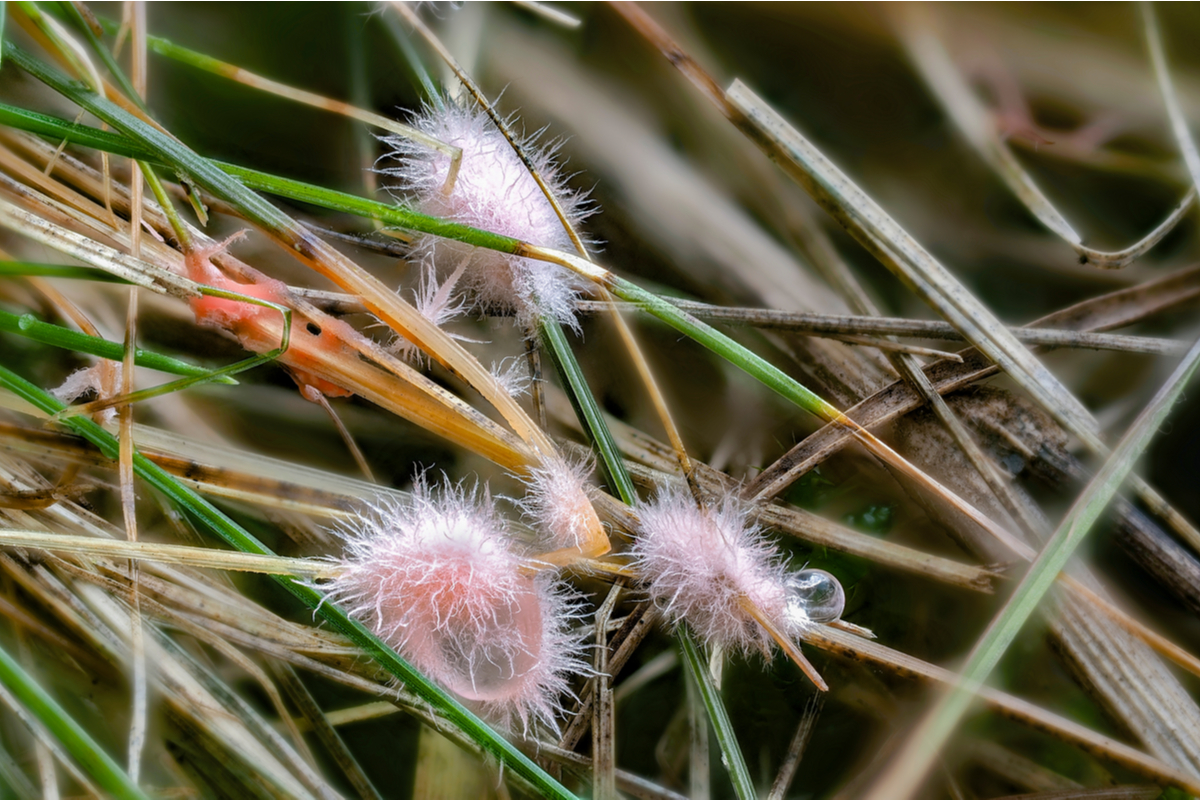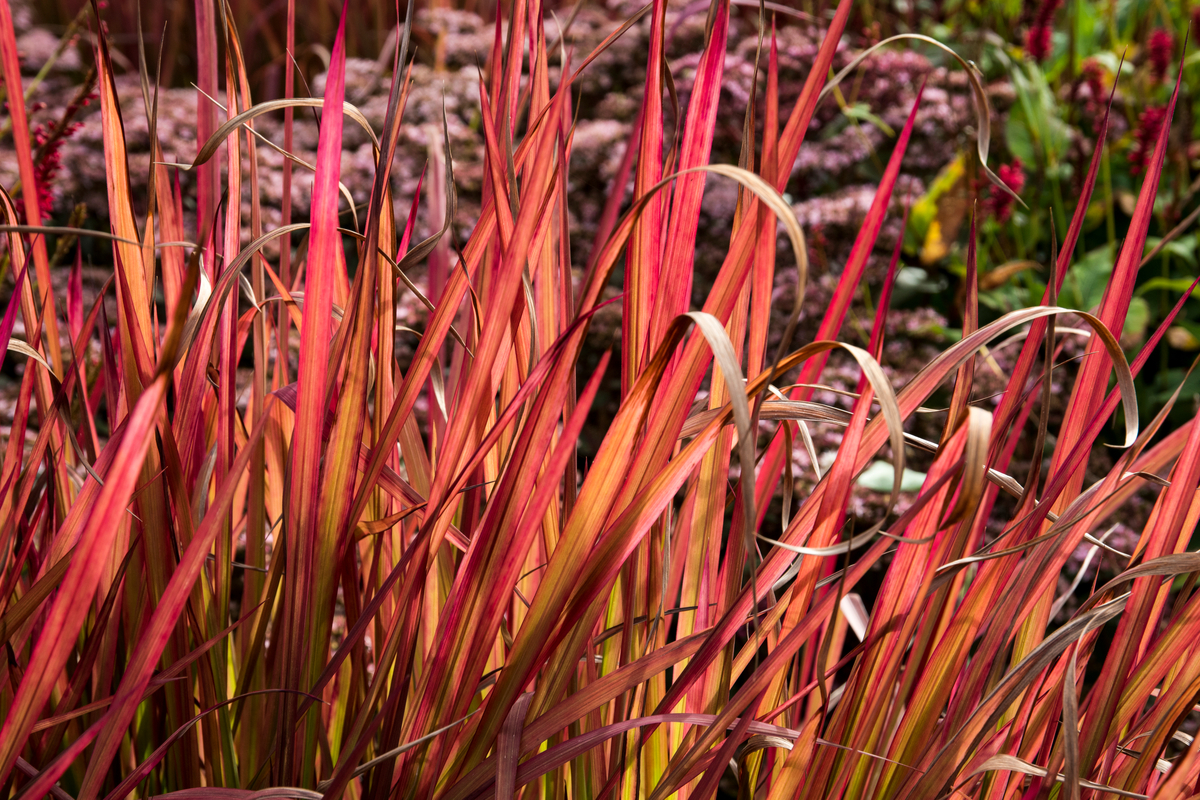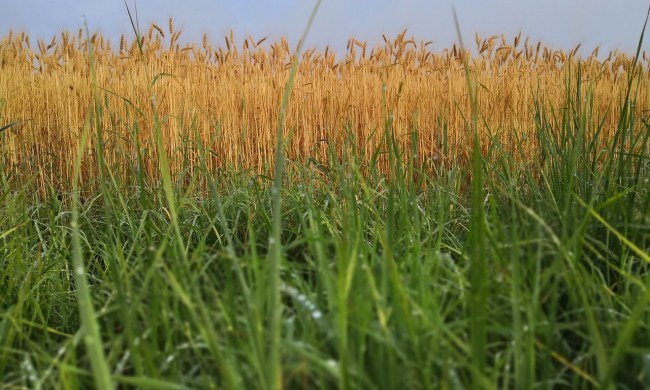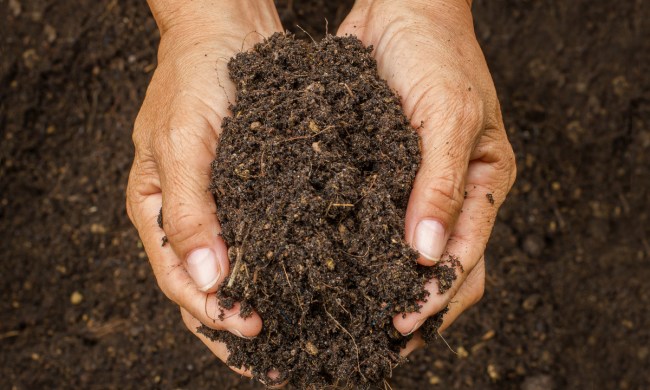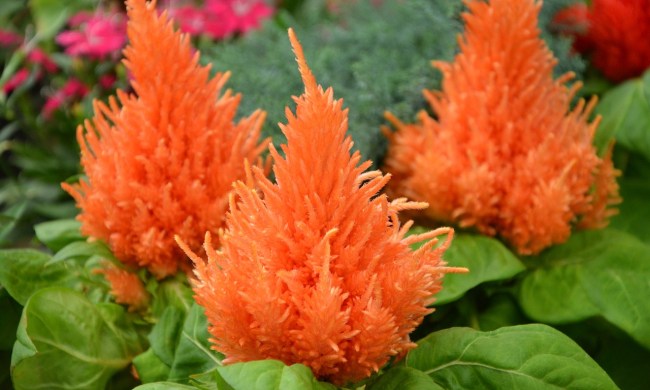So you want a beautiful, lush green lawn – or a bright emerald, or even a sweet pale blue. That’s why it can come as a shock when your lawn starts to turn red or brown. If your lawn is turning colors that you don’t want it to turn, here is why it’s changing colors and what to do about it.
Why is my lawn reddish brown?
Your lawn may be reddish brown because of a change in the chemicals it is making. Grass, like many plants, goes dormant in the winter. When preparing to go dormant, grass will occasionally stop making chlorophyll in advance. This is the same process that causes leaves to turn red, orange, and yellow in the fall. Grass doesn’t always do this, which is why it can catch you off guard when it happens.
Your grass may also be producing more anthocyanins and carotenoids, which create red, purple, and pink pigments in the plant. These help protect the grass from bright sunlight, so if your grass begins turning red in the summer, it may need more shade.
However, if you look closely at your grass and see that it isn’t the grass itself that’s turning red, but rather a thin, string-like substance over your grass, that isn’t related to chlorophyll or anthocyanins. That’s a fungal infection called red thread.
Cut your grass to remove the fungus, and use a grass catcher. Dispose of the grass clippings; don’t use them for compost, as this could give the fungus a breeding ground, and it could spread via your compost. Fertilize your lawn with high nitrogen fertilizer. This improves your lawn’s overall health, helping it recover from the fungus. A healthy lawn is less susceptible to fungal infections and pests.
Of course, your grass may be turning reddish brown because it is dying or going dormant. If your plants begin going brown in the summer, they likely need more water or shade. Plants can become sunburnt, and while some grass will produce more anthocyanins and carotenoids to protect themselves, most grass will not.
If you live somewhere with a cold winter, your lawn will start turning brown in the late fall. There isn’t anything to be done about this, but don’t worry, your lawn likely isn’t dead. It’s just hibernating through the winter, like a bear.
If you notice that only the tips of your grass are going brown, this is a sign that you need to sharpen your lawn mower blades. Dull blades tear the grass, leaving a ragged tip that browns quickly, whereas sharp blades cut cleanly through, leaving an even cut that doesn’t brown.
If most of your lawn is still green, but one particular area is going brown, this is a sign that something is wrong in that area. It may be that that area isn’t getting enough water or is getting too much water. It may not be getting enough sun or is getting too much sun. Something may be off in the pH balance of that area. More seriously, the section could have a fungal infection that hasn’t yet spread to other areas, in which case you need to act quickly.
Why is my grass turning a rust color?
If your lawn is turning a rust color, it likely has a fungal infection called lawn rust. At the beginning of the infection, you may have noticed yellow spots, which may have looked like your grass was just drying out. As the infection progresses, the yellow turns into an orangey-rust color, and the spots spread further throughout the blades of grass.
The spots burst open into a powdery, almost fuzzy-looking coating of the same orange color. In severe cases, the grass looks red, goes limp, and looks like it’s been torn, cut, or shredded. Mild cases of lawn rust will go away on their own, as long as you help your lawn regain its strength.
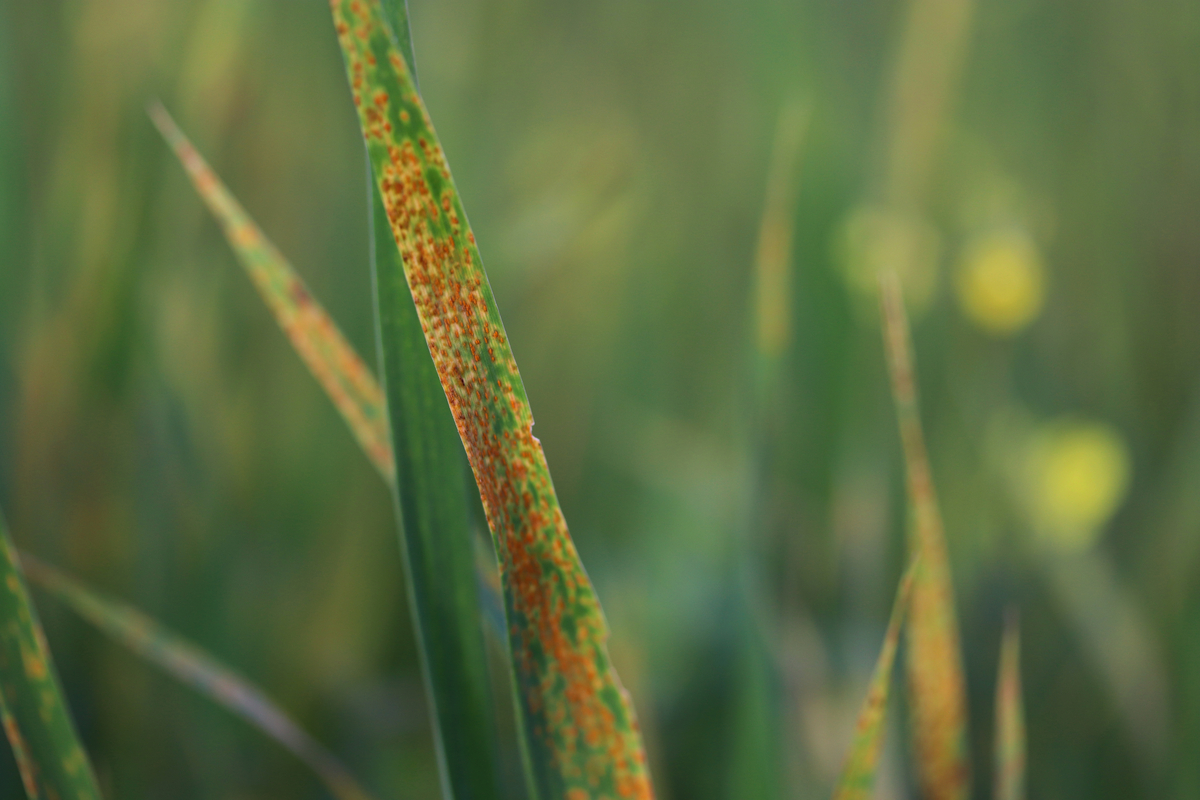
Fertilizer with nitrogen helps your grass fight the infection, but that isn’t all. Unlike other fungal infections, lawn rust actually hates nitrogen, so nitrogen-rich fertilizer can also help kill the fungus itself. In addition to fertilizer, make sure your lawn is getting plenty of sun and is properly aerated.
Fungi enjoy damp, shady places, so, if you can, make your lawn as inhospitable for fungus as possible. If the case is severe, you may have to resort to fungicides. Be sure to read the instructions carefully, as chemicals can be dangerous if misused.
Grass can start turning colors for several reasons, some of which are more serious than others. The important thing is to pay attention to your yard and take note of any sudden changes. As long as you can spot the problem, you can fix it!
